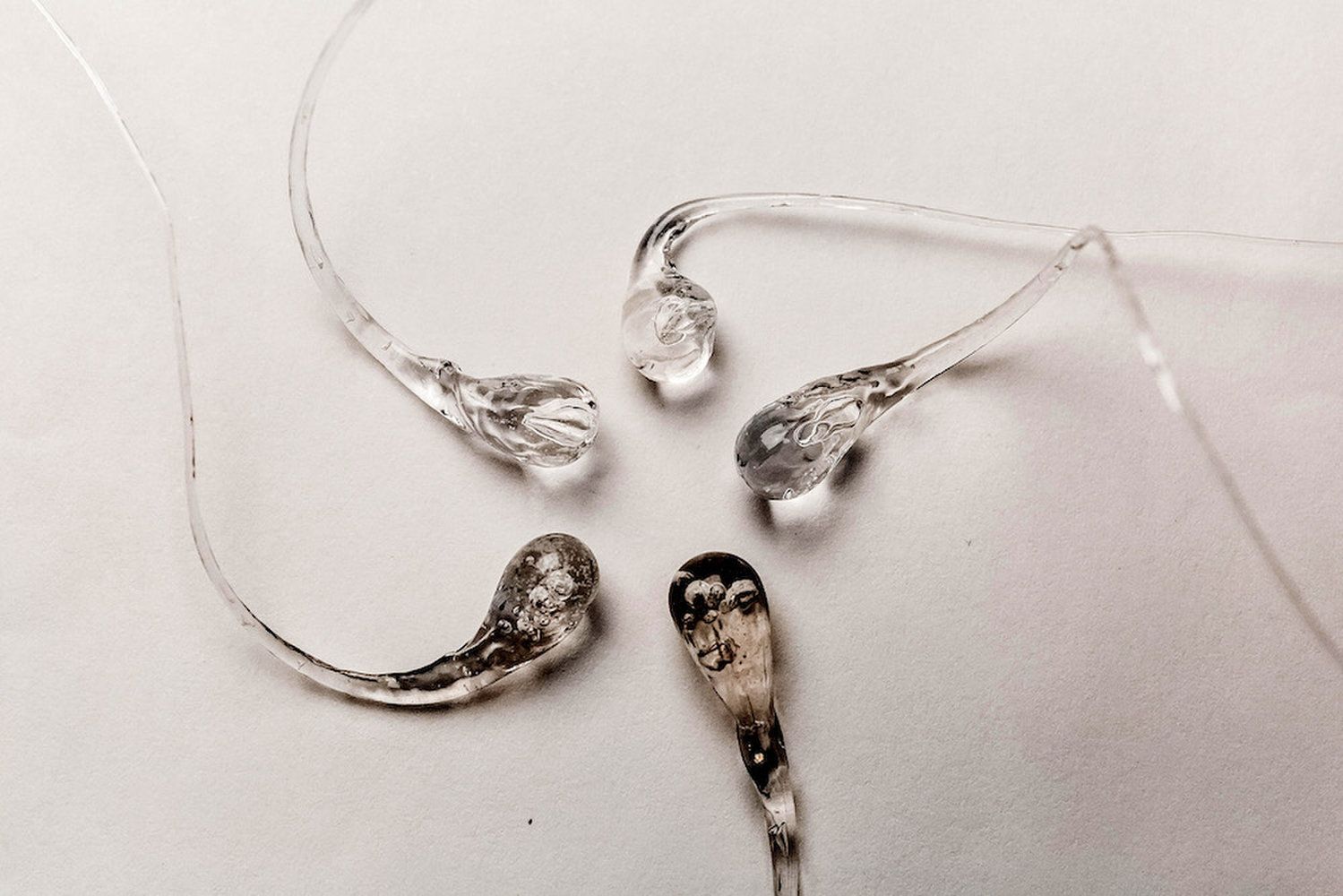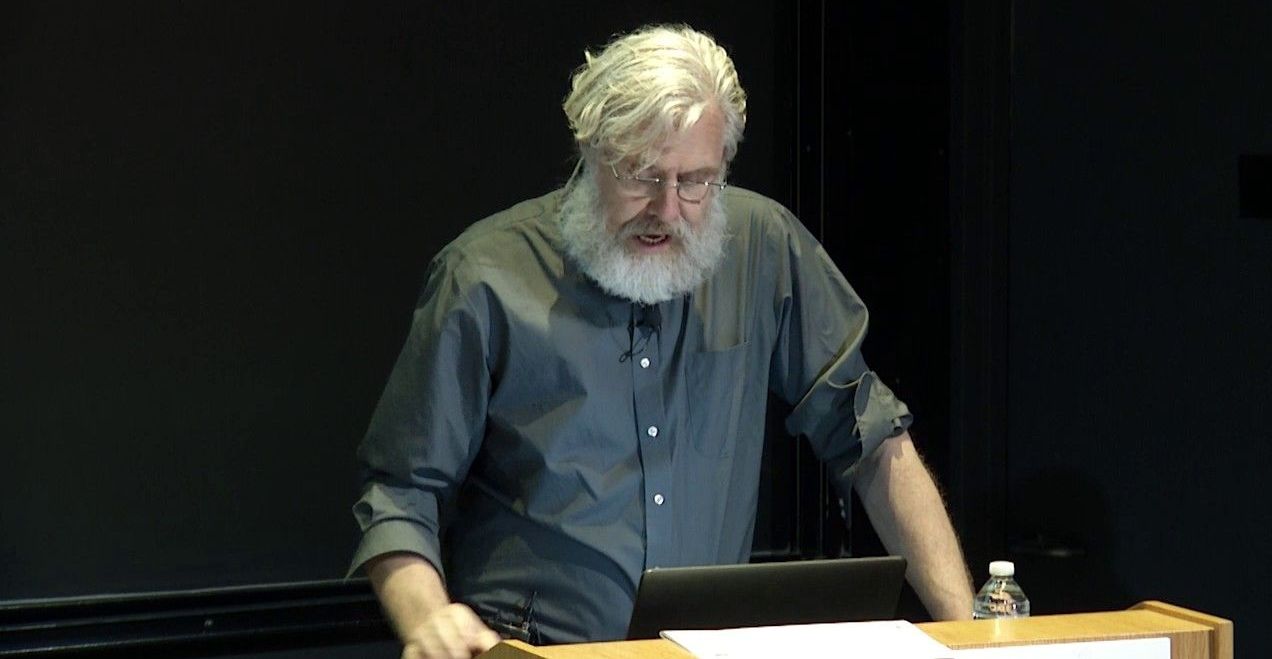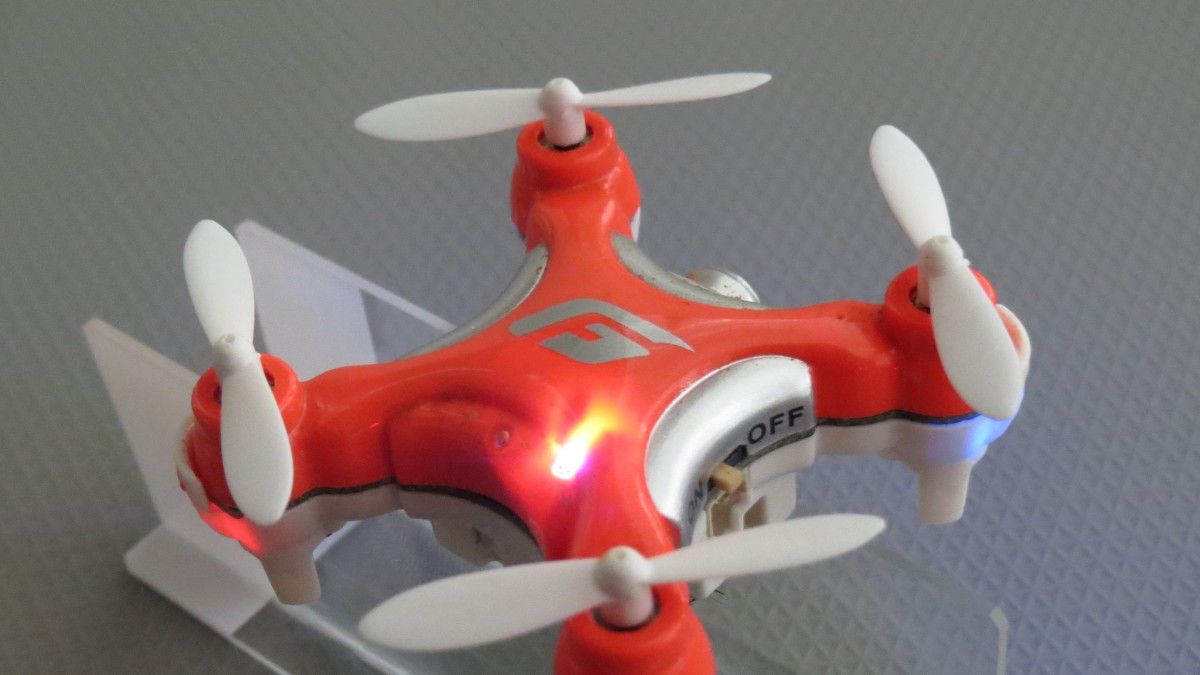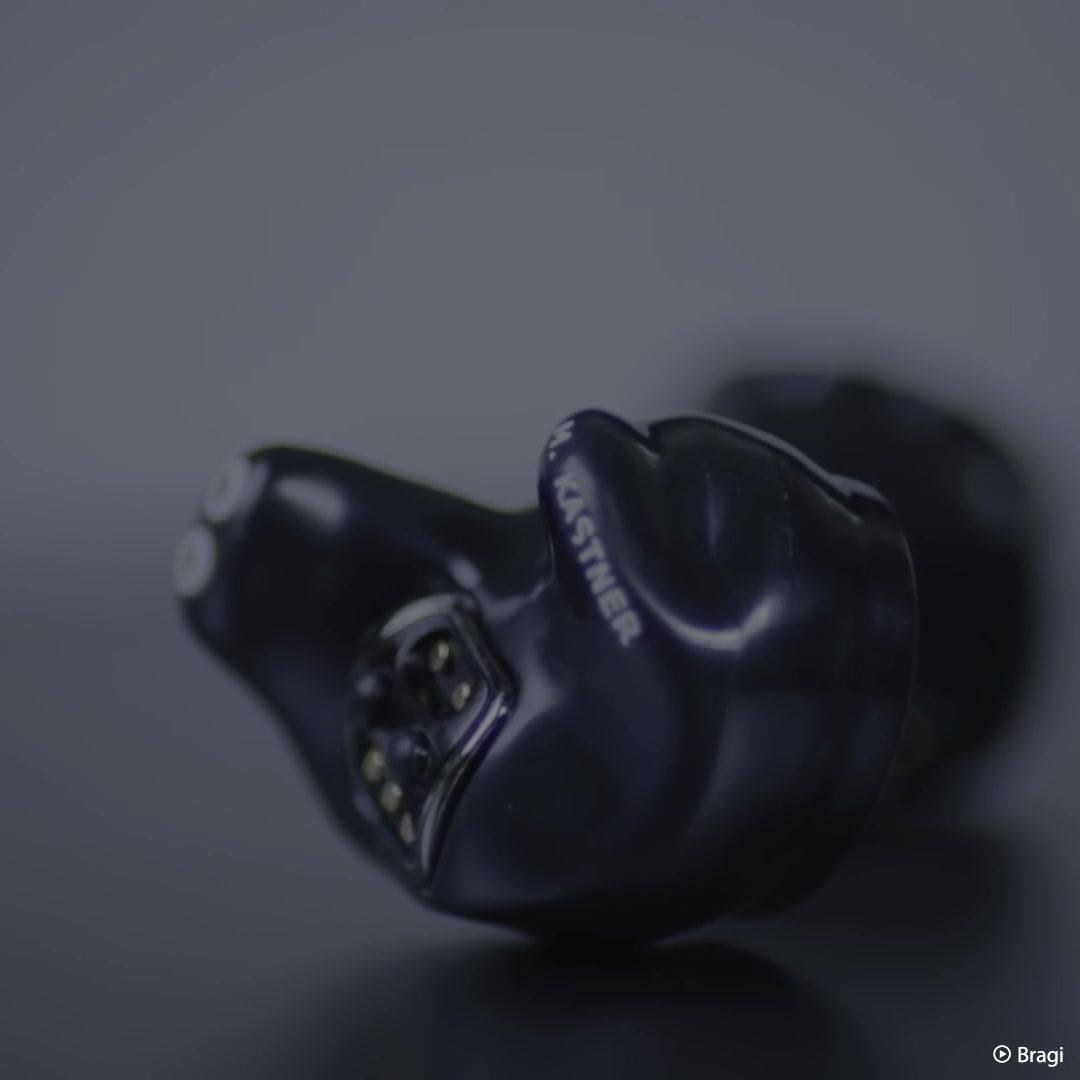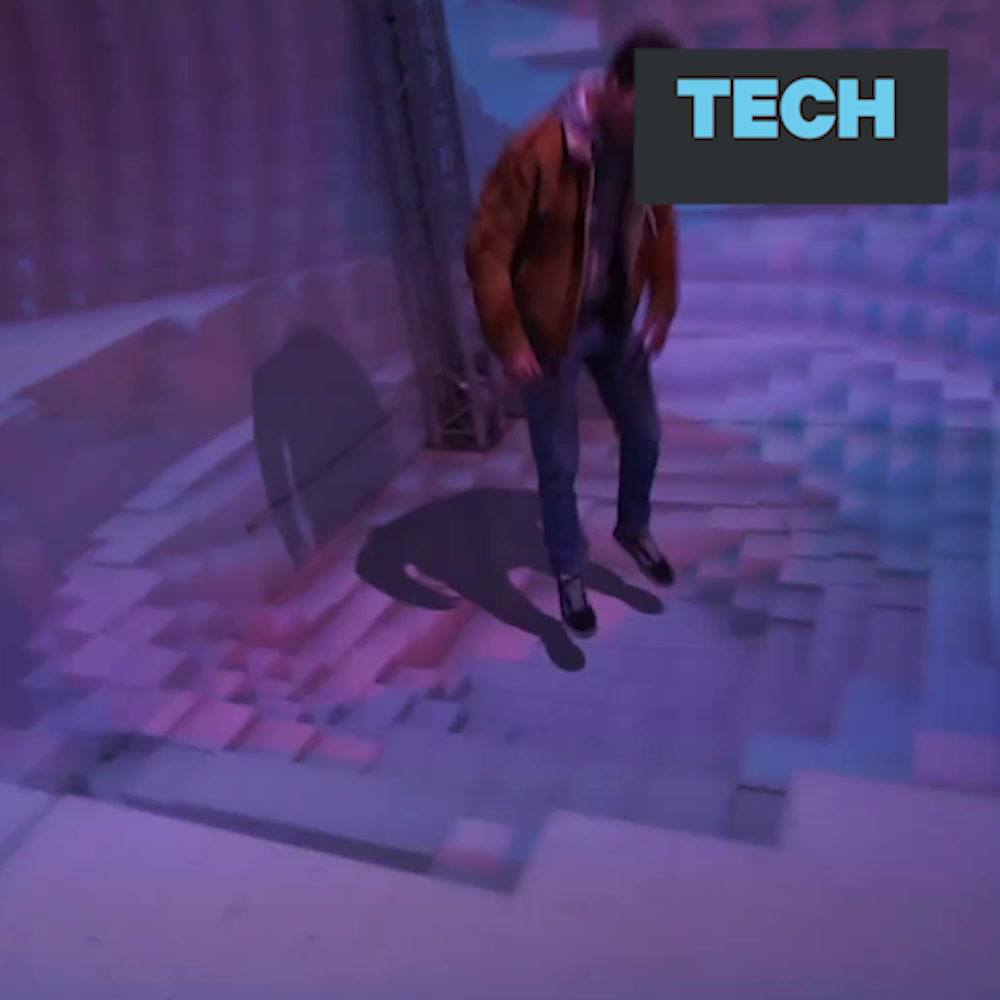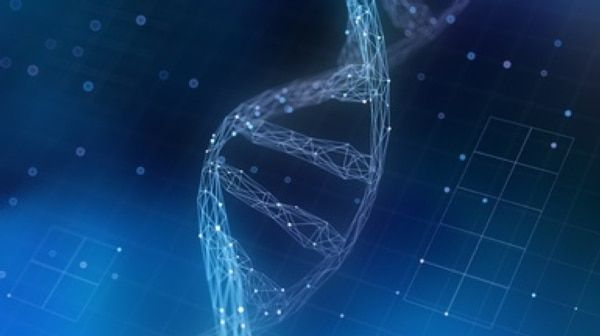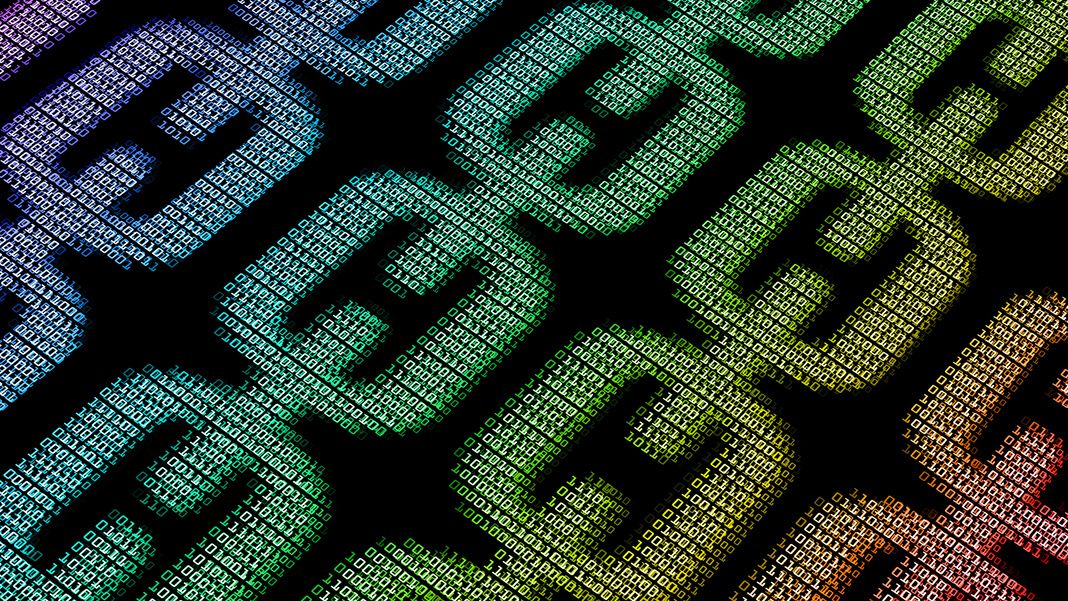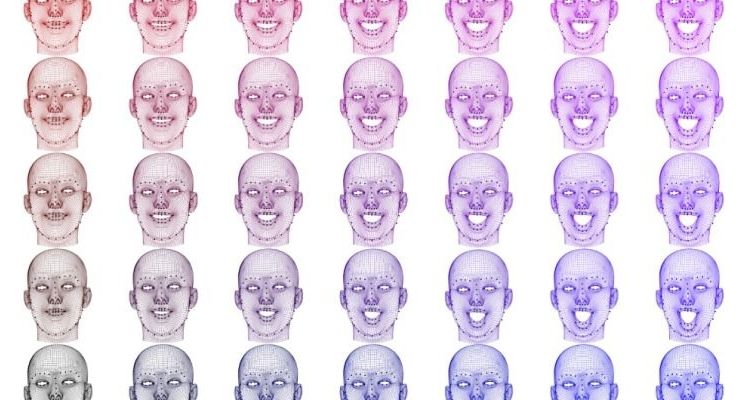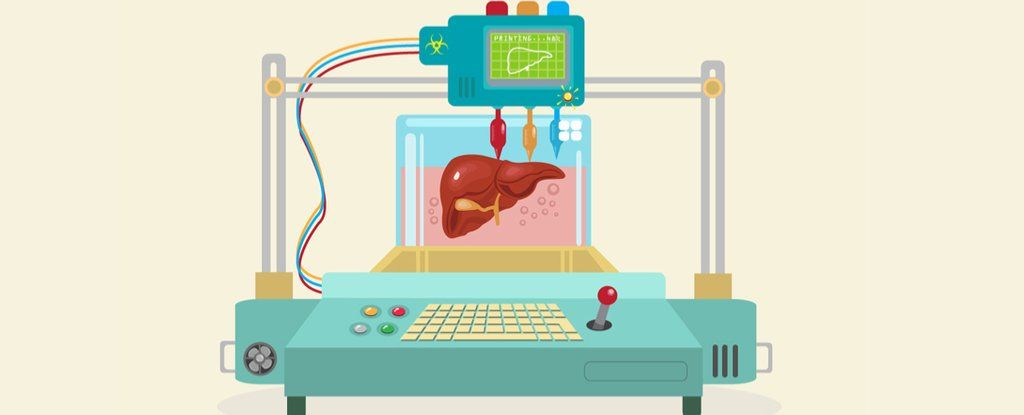The mystery of strange little glass baubles that show both remarkable strength and fragility has finally been solved.
Link to Prof. George Church’s website.
Prof. Chuch’s Bio
George Church is Professor of Genetics at Harvard Medical School and Director of Personal Genome Project, the world’s only open-access information on human Genomic, Environmental & Trait data (GET). Prof. Chruch recieved his PhD in 1984 at Harvard University, his PhD thesis included the first methods for direct genome sequencing, molecular multiplexing & barcoding.
This room goes on forever
Posted in futurism
We’re not going to stop taking pictures and recording movies, and we need to develop new ways to save them.
- By Luis Ceze, Karin Strauss, The Conversation US on July 29, 2017
Language patterns could be predicted by simple laws of physics, a new study has found.
Dr James Burridge from the University of Portsmouth has published a theory using ideas from physics to predict where and how dialects occur.
He said: “If you want to know where you’ll find dialects and why, a lot can be predicted from the physics of bubbles and our tendency to copy others around us.
As moviemaking becomes as much a science as an art, the moviemakers need ever-better ways to gauge audience reactions. Did they enjoy it? How much… exactly? At minute 42? A system from Caltech and Disney Research uses a facial expression tracking neural network to learn and predict how members of the audience react, perhaps setting the stage for a new generation of Nielsen ratings.
The research project, just presented at IEEE’s Computer Vision and Pattern Recognition conference in Hawaii, demonstrates a new method by which facial expressions in a theater can be reliably and relatively simply tracked in real time.
It uses what’s called a factorized variational autoencoder — the math of it I am not even going to try to explain, but it’s better than existing methods at capturing the essence of complex things like faces in motion.
Body organs such as kidneys, livers and hearts are incredibly complex tissues. Each is made up of many different cell types, plus other components that give the organs their structure and allow them to function as we need them to.
For 3D printed organs to work, they must mimic what happens naturally – both in terms of arrangement and serving a biological need. For example, a kidney must process and excrete waste in the form of urine.
Our latest paper shows a new technique for 3D printing of cells and other biological materials as part of a single production process. It’s another step towards being able to print complex, living structures.
